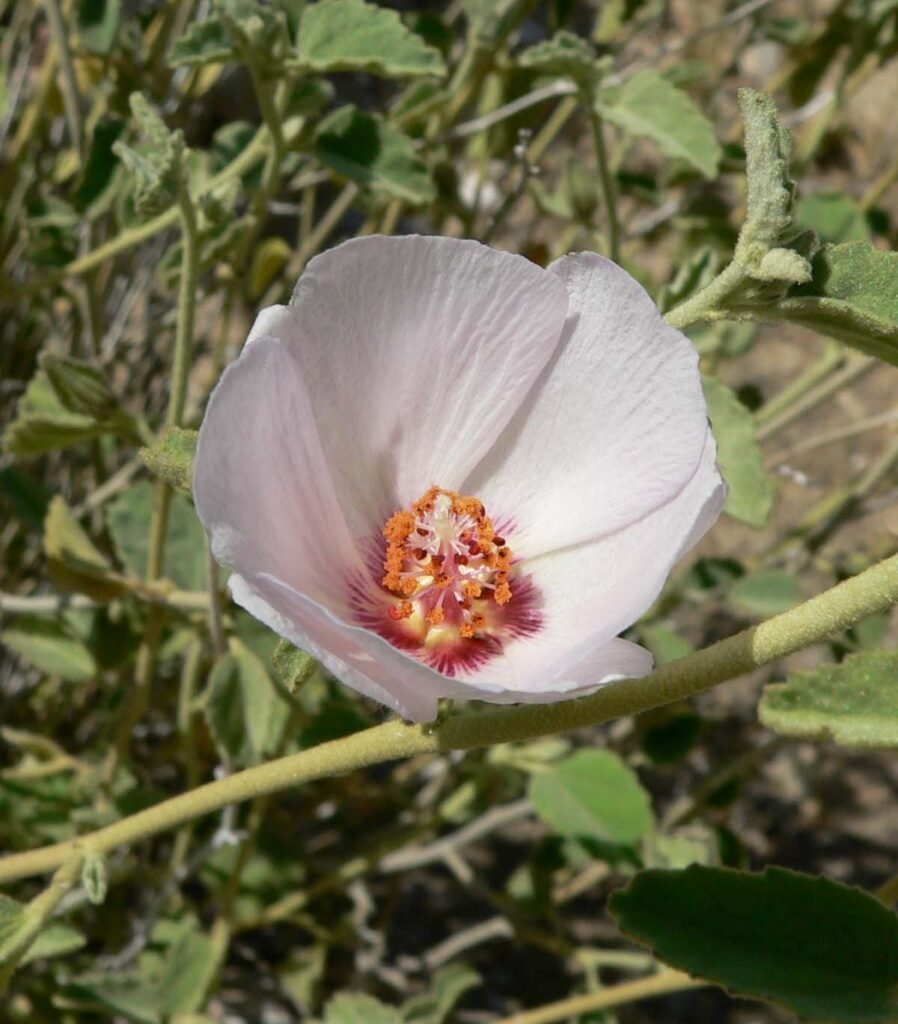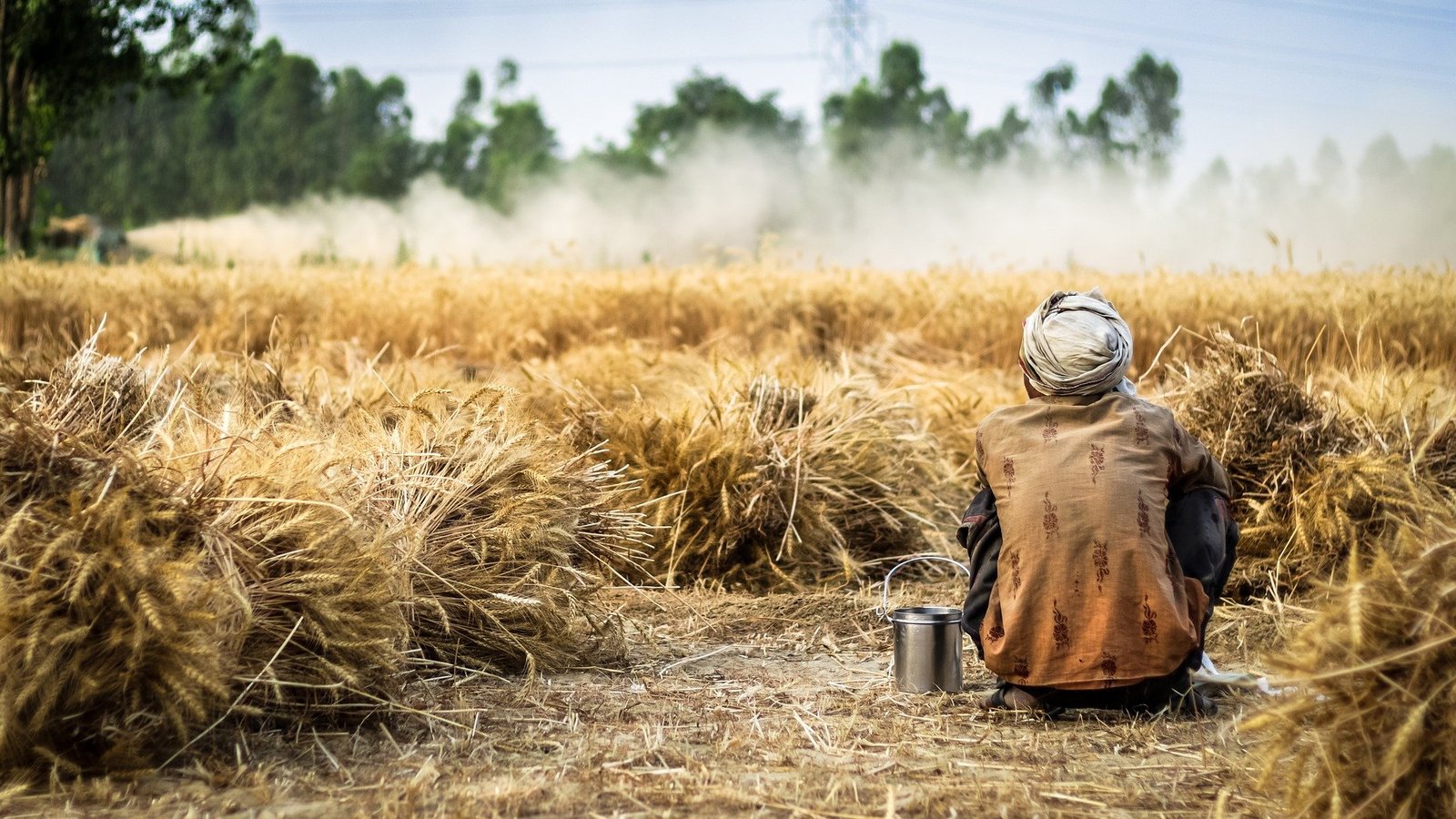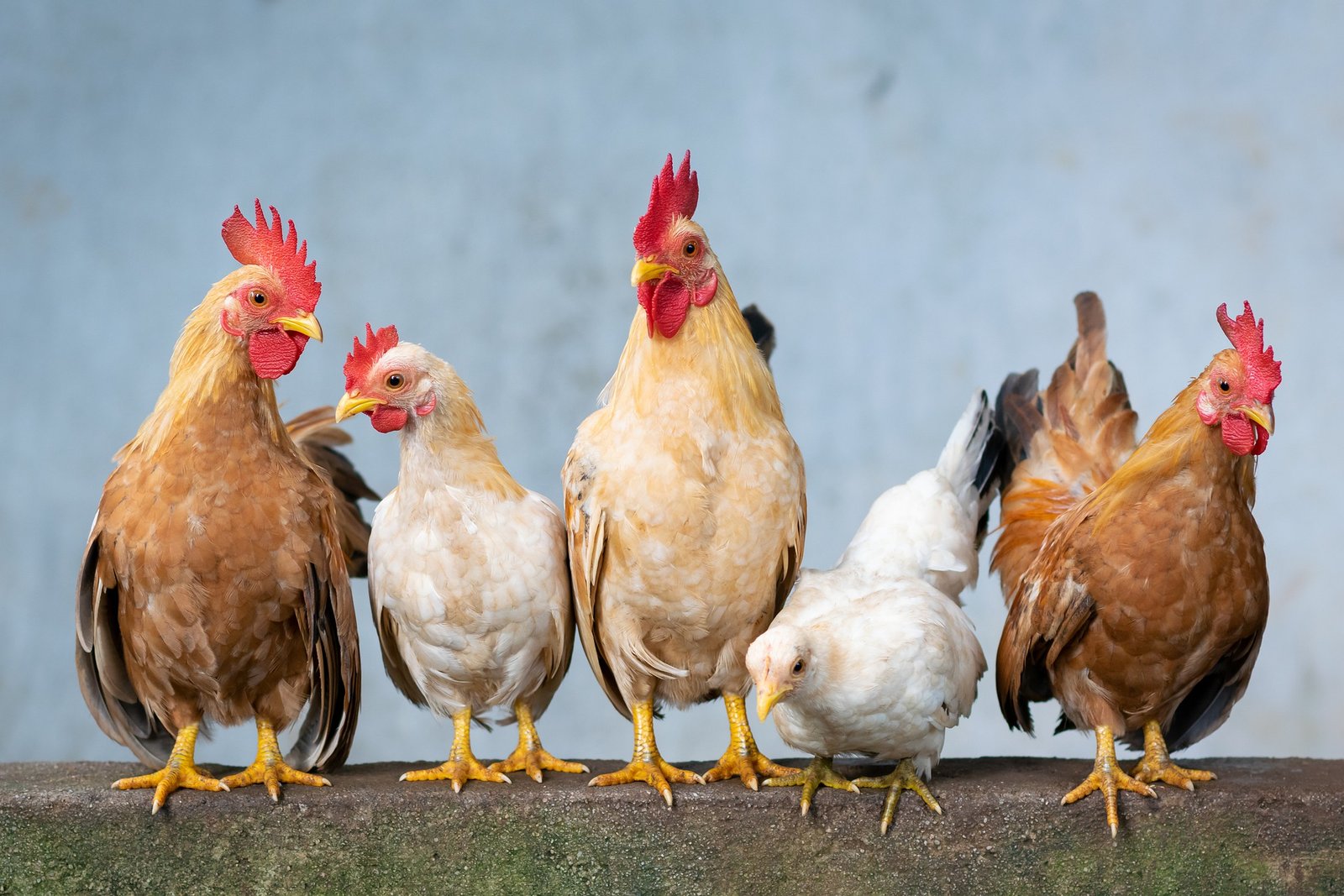
Description:-
Hibiscus (gudhal) is a Flowering plant of the mallow family Malvaceae. Hibiscus flowers come in many colors such as red, yellow, white, or peach-colored, and can be as big as 6 inches wide.This is a flower full of Medicinal properties and due to its distinct uses and properties, its cultivation is very good for farmers. It is also known as gudhal, adahul and javakusum and most popular variety is Hibiscus sabdariffa.
Uses and Benefits:-
- It can be used in different cultures in different ways but due to its medicinal properties, it is mainly used to make medicines and beauty products.
- Hibiscus flower and leaves can be made into teas and liquid extracts that can help treat a variety of conditions like upset stomach, high blood pressure, bacterial infections, fever.
- Hibiscus tea can be used in lowering body temperature, to cure the heart and nervous system, and in diuretics to increase urine production.
- Sour tea, also called hibiscus tea because of its tart taste, is made from a mixture of dried hibiscus flowers, leaves, and dark red calyces (the cup-shaped centers of the flowers).
- Sometimes it can be used to treat cancer, cold and cough and liver disease. It contains anti ageing element which maintains body blood pressure.
Climate:-
A warm and humid climate is suitable for cultivation of hibiscus and they grow better in full sunshine. It is developed in the areas containing temperature not below 20°C.
Land:-
The cultivation of hibiscus occurs on light sandy loam soil. For it, moist and dry soil is needed. Before planting soil amendment is necessary. Soil pH should be near about 6.5.
Irrigation:-
Flowering can’t be seen so good in winter season for hibiscus. By getting sunshine its development becomes better. Its plant needs the optimum amount of water till the roots.
Gudhal strongly needs water and aeration soil it means climate plays a vital role. Irrigation facilities should be maintained.
Manures and fertilizers:-
To flourish gudhal plant, many nutrients are needed. Basically, in summer, use high potassium fertilizer. For this, an adequate amount of fertilizer does not be needed. Manure or organic fertilizer can be enough otherwise you can use fertilizer on the basis of soil testing.
Hibiscus best varieties and disease control:
Harvesting sort:-
Pruning of gudhal plant is done timely to get a good crop. The suitable month for its sorting is from August to October.
Advanced varieties:
Gudhal has about 200- 220 species of different types of colour and shapes.some famous variety are mentioned below:
Tropical Hibiscus:
These are from Malvaceae family and known for their vivid flower and brighter leaves. This is available in different colours.
Perennials Hibiscus:
This is the plant from the group that is disappearing in winter and can be seen in spring. Normally this is a cold tempered but dies when the temperature remains below 28 degree Celsius.
Hardy Hibiscus:
This is from the mallow family. This has 7 -8 inch wide flower. Mostly this is found in white, pink or red and they become hard in the winter season. Their development occurs in a better way in a dry climate.
China rose:

This flower also is known as ‘ rose of china’.It is also called a blackman plant. This is the famous Asian bush of height of 14-25foot.
This red colour flower is full of Medicinal benefits. It is beneficial in kidney and cancer-like disease.
Rock Hibiscus:

This flower is of Mexico and America. Its height can be of 2000feet. Its leaves are of brown colour and flower is of white and purple colour.
Hibiscus Moscheutos :

This is a multicolour flower. Their height can be of 36 -96inch. The petals of the flower are 30cm dark green colour leaves and the stamen is of yellow colour.
Diseases and their control:
Dieback disease:
The type of disease in which only one branch or flower wrinkled and remaining part of the plant is healthy. The reason behind it is the flower which does not fall fully from the plant. This can be seen more in winter when the fungus is active.
Control:
The affected part where the disease occurs should be cut which help in pruning the process used timely for a plant. After cutting wax is applied to that place to prevent disease.
Fungus disease:
In this type of disease, flowers and leaves are wrinkled with branches slowly.
Control:
The mixture of neem oil and water is the organic remedy for fungus. You can make an organic spray in which one tablespoon baking soda, some drops of vanaspati oil and water one fourth part is used.


















[…] How to Grow Hibiscus (Gudhal) […]
[…] How to Grow Hibiscus (Gudhal) […]
[…] How to Grow Hibiscus (Gudhal) […]